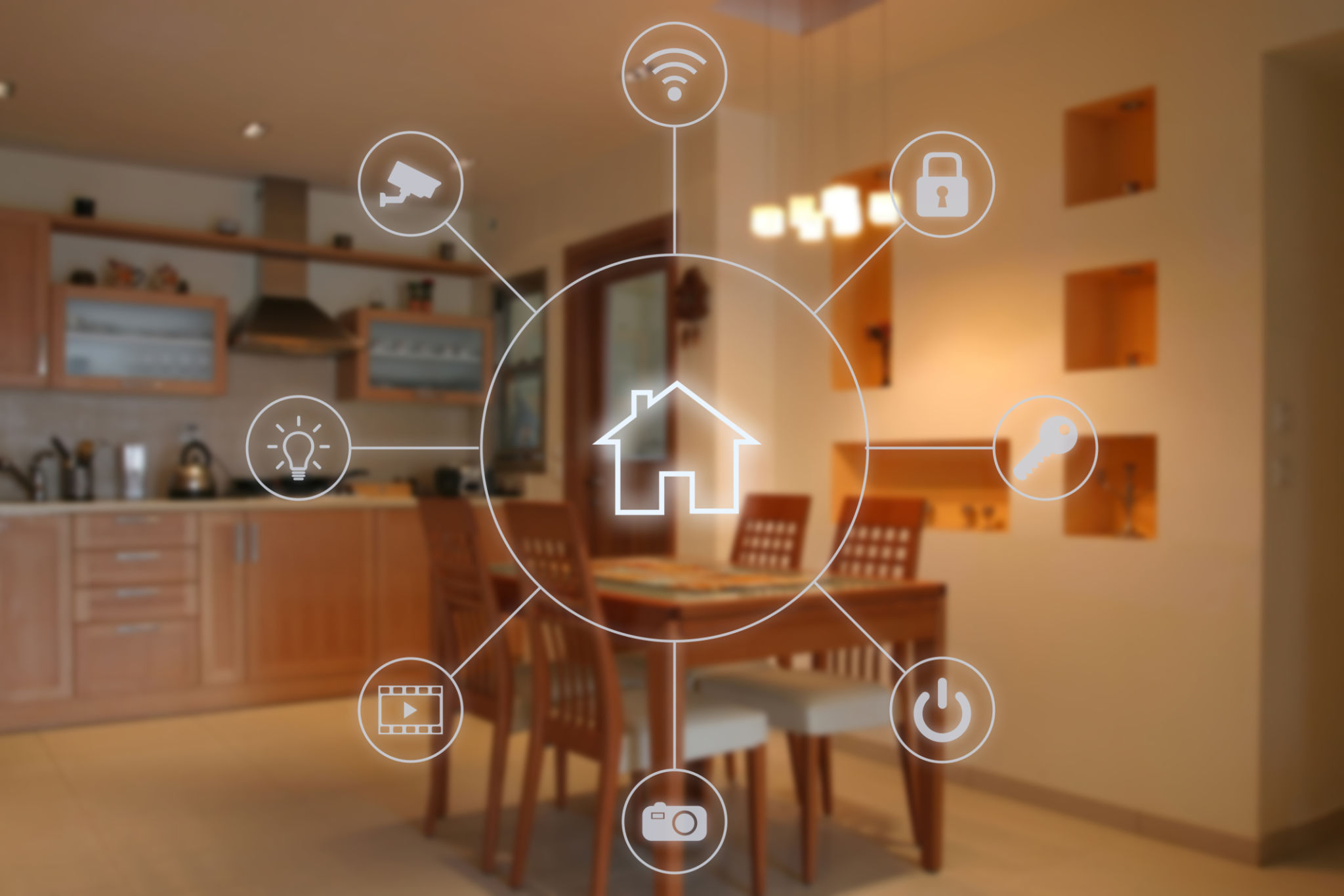DIY Cybersecurity: Simple Steps to Secure Your Home Network
DM
Introduction to Home Network Security
In our increasingly connected world, securing your home network is no longer optional—it's essential. With the rise of smart devices and IoT technology, your home network could be an easy target for cybercriminals if not properly protected. Fortunately, you don't need to be a tech expert to safeguard your digital space. In this guide, we'll walk you through some simple yet effective steps to enhance your home network's security.

Change Default Login Credentials
One of the first things you should do when setting up your network is to change the default login credentials on your router. Most routers come with standard usernames and passwords that are easily accessible online, making them vulnerable to unauthorized access. To change these credentials, access your router's settings through a web browser and create a strong, unique password.
Enable Network Encryption
Encryption is a crucial step in securing your home network. By enabling Wi-Fi Protected Access (WPA3) encryption, you can ensure that the data transmitted over your network is protected from prying eyes. If WPA3 isn't available, WPA2 is a solid alternative. Check your router's settings to enable this feature and enhance your network's security.
Utilize a Strong Firewall
A firewall acts as a barrier between your network and potential threats from the internet. Most routers come with a built-in firewall that can be enabled in the device's settings. Additionally, consider installing a software firewall on each of your devices for an extra layer of protection.

Regularly Update Firmware and Software
Manufacturers frequently release updates to patch security vulnerabilities. Ensure that your router's firmware and all connected devices are running the latest versions. Enable automatic updates whenever possible to keep your network protected against the latest threats.
Secure Your Wi-Fi Network
Another important step in protecting your home network is securing your Wi-Fi connection. Hide your network's SSID (Service Set Identifier) to make it less visible to outsiders. Additionally, limit the number of devices that can connect to your network by using MAC address filtering in your router's settings.
Implement Guest Network
If you frequently have visitors who need internet access, consider setting up a guest network. This will allow guests to connect to the internet without accessing your main network, keeping your personal devices more secure. Most modern routers offer the option to create a separate guest network with its own login credentials.

Monitor Connected Devices
Regularly review the list of connected devices on your home network. If you notice any unfamiliar devices, investigate immediately to ensure they are not unauthorized connections. Some routers offer mobile apps that make it easy to monitor and manage connected devices in real-time.
Conclusion: Stay Vigilant
Securing your home network doesn't have to be complicated or time-consuming. By following these simple steps, you can significantly reduce the risk of cyber threats and protect your personal information. Remember, cybersecurity is an ongoing process that requires vigilance and regular updates. Stay informed about new threats and best practices to keep your digital life safe and secure.
